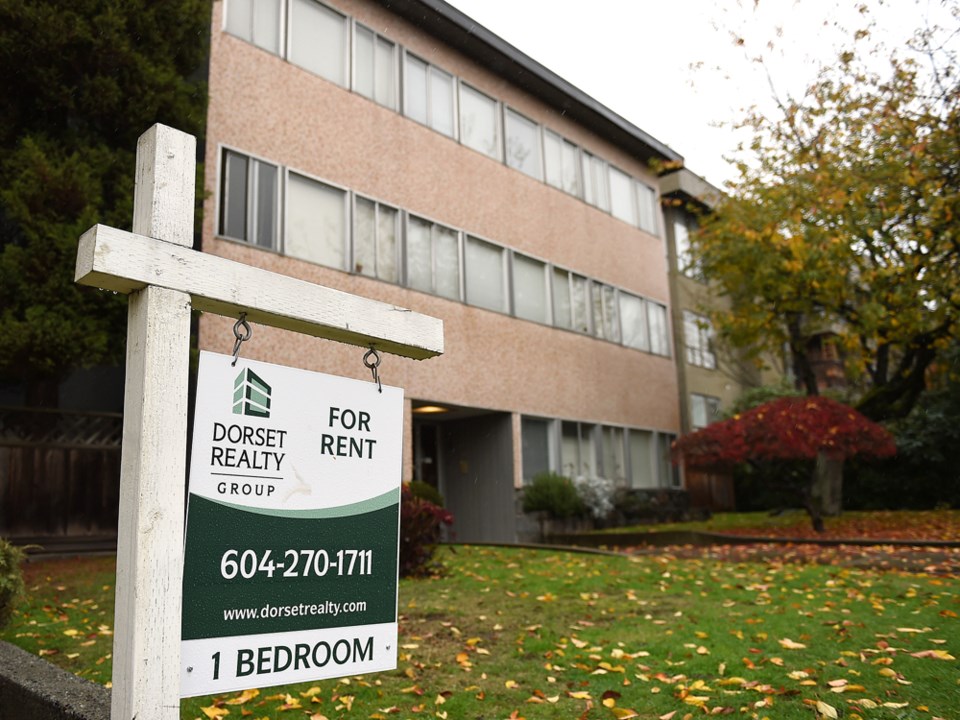Over the past two months, there has been growing concern about the negative impacts of the B.C. government’s proposed housing taxes, especially the so-called Speculation Tax.
While approximately 80 per cent of British Columbians support a tax to curb real estate speculation, myself included, it is becoming increasingly apparent this tax is not going to achieve this.
Nor was it intended to, according to UBC economist Tom Davidoff, one of the architects of the government’s tax proposals.
Instead, he wanted to restructure the Canadian taxation system to collect more money from foreign buyers avoiding Canadian income taxes.
The provincial government called it a Speculation Tax knowing this would appeal to voters upset by foreign buyers and rising housing prices.
Davidoff openly admits he was shocked to discover the tax would apply to vacation properties in the Gulf Islands and B.C. interior.
While the government has tweaked the program to exclude some vacation properties and introduced variable tax rates depending on whether you live in Cranbrook, Calgary or Kolkata, few expect this tax to improve overall housing affordability.
On the contrary, the new provincial taxes, combined with rising interest rates and more stringent mortgage qualification, could have severe impacts.
Before expressing glee at the possibility of lower housing prices, we should consider what could happen if they drop too much.
According to some real estate economists, a 35 per cent decline in housing prices, which is not out of the question, could cost the average homeowner $245,000 in equity. Housing starts could fall by half and 54,000 BC jobs could be lost, increasing the unemployment rate to 7.5 per cent.
While I oppose the so-called Speculation Tax and so-called School Tax, there are tax measures that would create more affordable rental housing.
How do I know? Because they produced most of the affordable rental housing found around Â鶹´«Ă˝Ół»today.
Between 1958 and 1973, knowing that new rental housing typically operates at a loss in the initial years, the federal government offered a tax incentive program to encourage investment in purpose-built rental buildings.
Indeed, as my dear friend the late Morris Wosk once told me, coins from the washing machines and dryers sometimes represented the difference between positive and negative cash flow.
The new program allowed doctors, dentists, lawyers and other professionals to take advantage of Capital Cost Appreciation (CCA) provisions and other tax benefits, and write off rental property losses against other income.
During this period, 35,000 rental units were built around the city, including most of the low-rise walk-ups found throughout the West End, Kitsilano, Kerrisdale and Marpole. Not only did these tax incentives result in a lot of rental housing, they created significant employment for architects, builders and suppliers to the construction industry.
When this program came to an end, another followed. Between 1974 and 1981, thousands more rental housing units were created through the Multiple Unit Residential Building program.
Like the earlier program, it too offered tax incentives to investors that could be used to reduce other income. However, unlike the earlier program, MURB units could be strata-titled and had to remain rental only for a prescribed period. Nonetheless, four decades later, many apartments continue as relatively affordable rental housing.
More recently, at least 45 per cent of Vancouver’s new condominiums units have been purchased by investors. Most will be rented out. The same thing has been happening in Toronto. Once again, investors will lose money in the initial years. However, over time they will earn a profit.
Unfortunately, the recently announced provincial taxes are going to increase the cost of ownership and rental housing due to higher Property Transfer Taxes and additional holding taxes while awaiting approvals.
Instead, the provincial government should be emulating past federal governments and creating tax programs to encourage investment in rental housing.
***
On May 10, to mark my fourth anniversary as a Courier columnist and 35th year in business, I will be delivering a lecture at SFU Harbour Centre.
Titled “Looking back, Looking forward,” it will examine how today’s housing affordability crisis has developed over the past five decades, illustrated with clippings from the Courier and other newspapers. I will also offer solutions — some old and some new. I hope you can join me.
Details can be found
[email protected]



